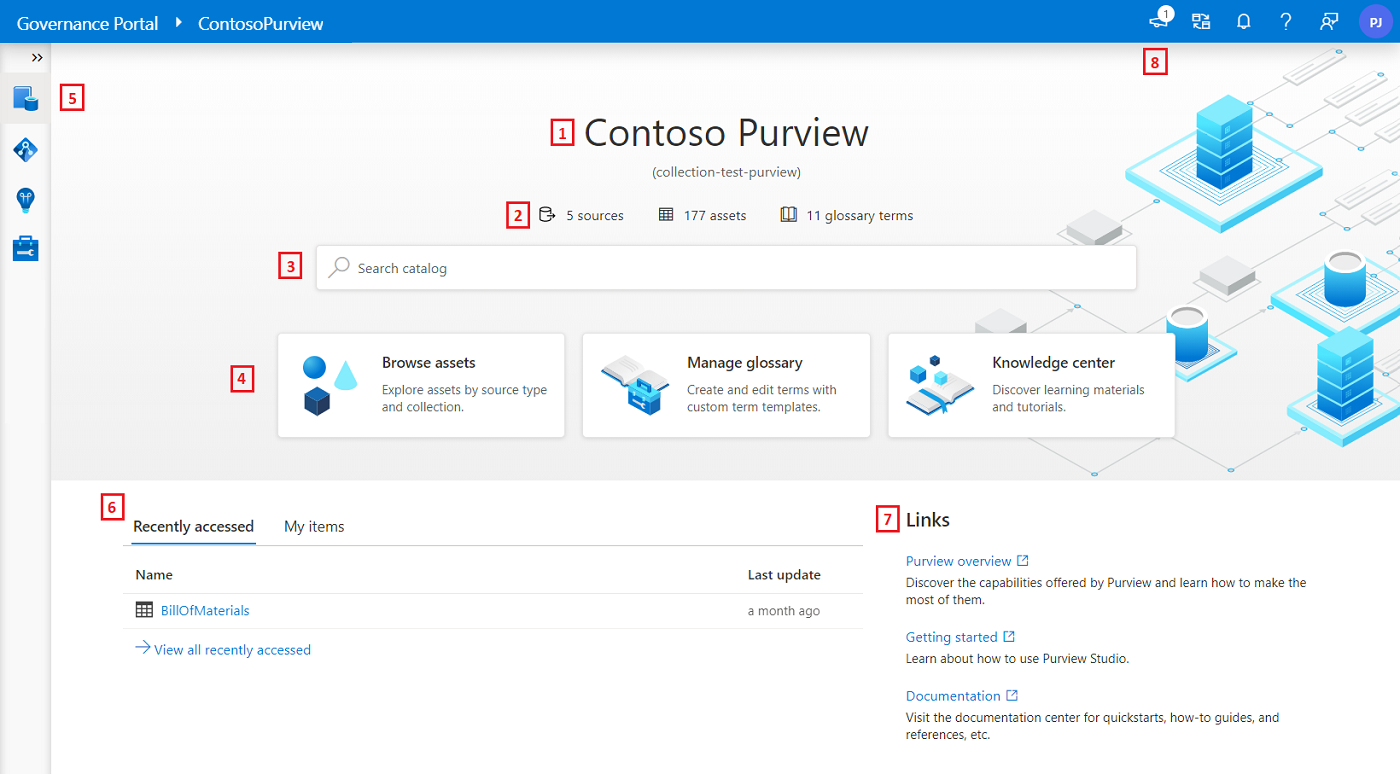
When Show Per Node costs is selected, node costs are highlighted with an appropriate color scale, ranging from a light yellow to red. Rows - Show line widths by the number of rows created.ĭata Size - Show line widths by the volume of data used. The default view, costs are per node, representing each individual nodes contribution to the total cost.Ĭosts are cumulative, representing each individual nodes contribution plus the contribution of any of its children. Shows metrics associated with the Estimated Plan. Shows metrics captured during Actual Plan retrieval.

The following context menu options are available: Option Note: The SentryOne Plan Explorer ADS Extension is compatible with any theme in ADS. Select the operator to display the operator's detail window. Hover over a Plan Diagram operator to display a truncated tooltip that provides details about the operator. Through the context menu of the Plan Diagram, choose to show cumulative costs in lieu of per node costs when combined with color scaling, this feature makes it easy to see which subtrees are contributing most to the plan cost. All costs in the Plan Diagram are shown to the first decimal place. CPU + IO is used by default change this through the Costs By context menu. These cost labels use color scaling by CPU, IO, or CPU+IO so highest cost operations are instantly obvious, even on larger plans. The estimated cost of the operation is displayed above each node for maximum readability. Optimized plan node labels prevent truncation of object names in most cases. You can zoom in and out by selecting CTRL + Mouse Wheel. The Plan Diagram uses an optimized layout algorithm that renders plans in a much more condensed view, so more of the plan fits on the screen without having to zoom out. Select View XML to open the ShowPlan XML for the selected statement. Select View Plan to open a detailed query plan of the selected statement. The amount of CPU used to process the query statement.

The amount of time in milliseconds it took for the query statement to complete. The Statements tab separates the query into statements, and provides Duration and CPU information about those statements.Īn individual statement within the query. The Plan Explorer Statements tab opens automatically when a query is run and the Plan Explorer extension is enabled. Azure Data Studio works for both Azure SQL and on-prem SQL Server installations.Plan Explorer Query Diagram for Estimated Plan Sure enough, it does! You can write out the list of columns in a table in your query editor by dragging the column folder for the table into the query editor window: Azure Data Studio isn’t just for Azure SQLĭon’t let the name fool ya. Stepping through the Peek Definition example made me wonder if one of my favorite lazy hacks from SQL Server Management Studio works in Azure Data Studio. Bonus: Dragging the Columns folder into a query edit works just like in SSMS The example given in a tutorial of peeking at a table’s definition when writing an insert statement is right on. I also hadn’t realized that Azure Data Studio supports Peek Definition functionality natively. ‘Peek definition’ functionality exists, too There are built-in snippets for lots of things – data definition changes like creating indexes or adding columns, data modification tasks like inserting or deleting rows, or management tasks like listing databases or finding space used.īut you might want to create your own snippets, too. This will initialize a drop-down list which you can arrow through: You can create your own snippets To access snippets, simply type sql into the query editor itself. I assumed that I’d open the Command Palette to insert a snippet. And I admit that as soon as I skimmed the tutorial and saw there were snippets, I tried to use them the wrong way. I had no idea that Azure Data Studio had built in snippet functionality. The tutorial taught me a couple of things that I’ve not noticed about Azure Data Studio, even though I’ve used it for a couple of years. This Quickstart is solid and is great for someone new to Azure Data Studio.Īt the end of the Quickstart it suggested I try the Tutorial: Use the Transact-SQL editor to create database objects - Azure Data Studio. Today I walked through the Use Azure Data Studio to connect and query Azure SQL database Quickstart.


 0 kommentar(er)
0 kommentar(er)
